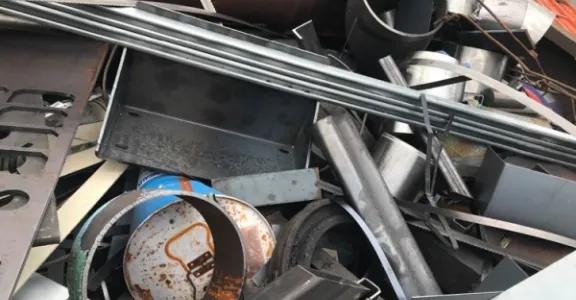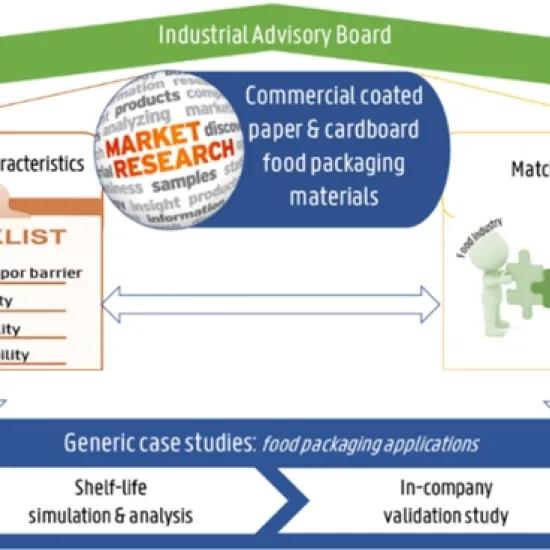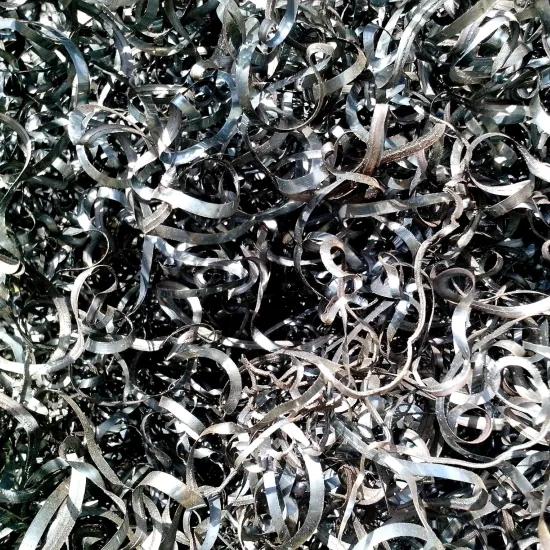Ferrous metals are regarded as one of the best recycled and recyclable materials. But there is room for a next step. Today, they are widely collected and reintroduced into the material cycle, albeit with too little attention to selective recycling and reuse.
On the basis of a survey oriented towards various stakeholders in the value chain of ferrous metals, the Cleanscrap project maps out the available valuable 'waste streams'. On the other hand, the survey creates awareness among the Flemish users of ferro-alloys of the potential of these material flows.
The survey gathered information about:
- Company profiles: localisation, size, turnover, type of sector, type of activity, type of products (sensitive or not to specific elements)
- Elements regarding quality control, selection procedure, traceability: scrap categories, best buy, procurement criteria, input control, options for sorting and pre-treatment
- Sorting and pre-treatment practices: track & trace through process, intermediate analysis, most critical elements, slag binding for metal producers
There were specific questions for the three types of stakeholders: producers, users, recyclers. With a limited number of multiple choice questions and easy access through an e-mail link, we managed to reach out to 123 companies especially also in the PME field, thanks to the broad network of Clusta and Sirris.
Conclusions
Conclusions were that almost no-one knows about EU scrap specifications. Scrap treatment companies sort the scrap and often perform some analysis, but not necessarily accordingly to global specifications. Hence, there is a possible loss of valorisation. Main decision criteria for those purchasing scrap are based on trusting their contact or minimising their cost. Their own quality checks are limited and avoiding the use of certain scraps/waste appears still the best option to them.
As well in sorting as in pre-treatment many potential actions are not being exploited by both 'scrap creators' as 'scrap users'. The graphs show some degree of separation, but clearly no discussion about the optimal conditions this could create for value creation of these material flows.
In a next stage the Cleanscrap project will look at selected case studies and use some of the pre-treatment technologies available at CRM Group to improve on this 'value-in-use’ principle.










